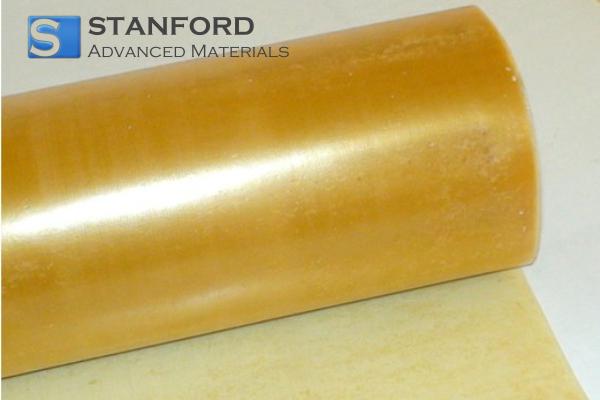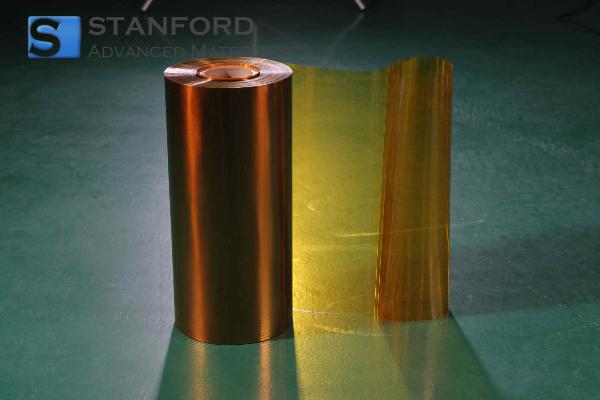Strontium: Element Properties And Uses
Description
Strontium is an alkaline earth metal that demonstrates measurable reactivity and quantifiable physical properties. It is used in fireworks, magnets and various industrial products.
Introduction to the Element
Strontium is a soft, silvery metal that belongs to the alkaline earth metals in the periodic table. With an atomic number of 38, it occupies a significant position in group 2 alongside elements such as Calcium and Barium.
Researchers have investigated Strontium for its pronounced metallic lustre and its relatively low density when compared with heavier metals. Its physical appearance and chemical behaviour have attracted measurable academic and industrial interest. The occurrence of Strontium in the Earth’s crust is essential for geochemical and mineralogical studies, as it provides data regarding the formation of specific rock types and the distribution of alkaline earth metals.
Chemical Properties Description
Strontium exhibits several chemical properties that characterise alkaline earth metals. In its pure form, Strontium is highly reactive; however, it is typically encountered as part of stable compounds. When exposed to air, a thin oxide layer forms on its surface, thereby affording limited protection against further oxidation. In the presence of water, Strontium reacts to form strontium hydroxide, although this reaction is less vigorous than that of some heavier counterparts.
Physical Properties Data Table
|
Property |
Value |
|
Atomic Number |
38 |
|
Atomic Mass |
87.62 |
|
777 °C |
|
|
Boiling Point |
1 382 °C |
|
Density |
2.64 g/cm³ |
|
Crystal Structure |
Tetragonal |
|
Electronegativity |
1.0 (Pauling scale) |
For further information, please visit Stanford Advanced Materials (SAM).
Common Applications
Strontium plays an important role in diverse industrial and commercial applications.
One established application is in the formulation of fireworks. The red colours produced by Strontium compounds, particularly strontium nitrate, are employed in pyrotechnic displays.
Apart from pyrotechnics, Strontium is used in the manufacture of ferrite magnets. Engineers use Strontium in magnetic materials to develop components for motors, sensors and audio devices.
Strontium compounds are also utilised in the glass and ceramic industries. As an additive in glass recipes, Strontium improves the optical properties and durability of the final product.
In ceramics, Strontium contributes to improved thermal stability and mechanical strength, which is critical for components operating in high-temperature environments.
Medical applications of Strontium, primarily in the form of strontium ranelate, have been investigated for their potential in treating osteoporosis. Given potential side effects, careful dosage and monitoring are required in this field.
Preparation Methods
The processing of Strontium for industrial use involves several established procedures that begin with the extraction of naturally occurring minerals. The primary sources of Strontium are celestine (strontium sulphate) and strontianite (strontium carbonate), both obtained from sedimentary deposits. Following extraction, these ores are subjected to a series of chemical treatments to separate Strontium from other elements.
Frequently Asked Questions
What is Strontium?
Strontium is an alkaline earth metal known for its high chemical reactivity and its widespread use in industrial and consumer products.
How is Strontium typically extracted?
Strontium is primarily extracted from natural minerals such as celestine and strontianite via chemical treatment and reduction procedures.
For what applications are Strontium compounds commonly used?
Strontium compounds are employed in fireworks to produce red colours, in the manufacture of magnets, and in the production of ceramics and specialised glass.
Which Strontium compounds are most frequently used in industry?
Strontium carbonate, strontium nitrate and strontium chloride are frequently used in various industrial applications because of their specific chemical properties.
Is Strontium safe for use in industrial and medical applications?
When handled according to proper safety protocols, Strontium compounds are used safely in industrial sectors and in certain medical treatments. However, precautions must be followed due to potential side effects.

 Bars
Bars
 Beads & Spheres
Beads & Spheres
 Bolts & Nuts
Bolts & Nuts
 Crucibles
Crucibles
 Discs
Discs
 Fibers & Fabrics
Fibers & Fabrics
 Films
Films
 Flake
Flake
 Foams
Foams
 Foil
Foil
 Granules
Granules
 Honeycombs
Honeycombs
 Ink
Ink
 Laminate
Laminate
 Lumps
Lumps
 Meshes
Meshes
 Metallised Film
Metallised Film
 Plate
Plate
 Powders
Powders
 Rod
Rod
 Sheets
Sheets
 Single Crystals
Single Crystals
 Sputtering Target
Sputtering Target
 Tubes
Tubes
 Washer
Washer
 Wires
Wires
 Converters & Calculators
Converters & Calculators
 Write for Us
Write for Us




 Chin Trento
Chin Trento



